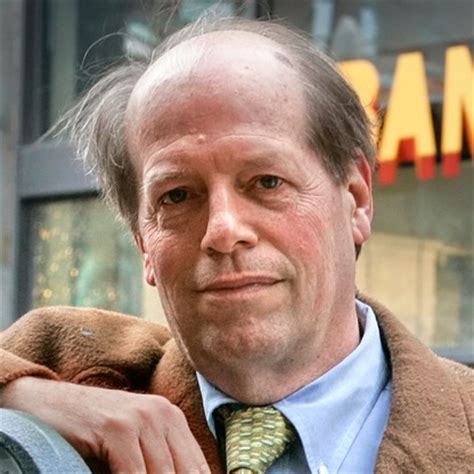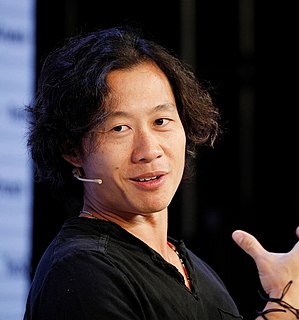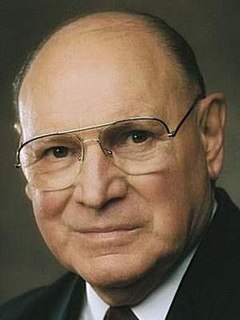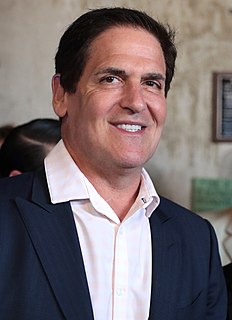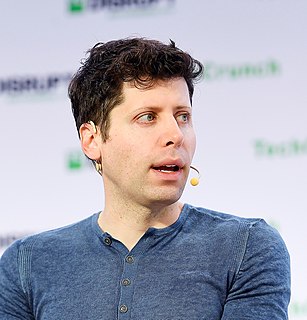A Quote by Matt Mullenweg
Why are so many companies stuck in this factory model of working?
Related Quotes
Many companies are disappointing the citizens of this world by manipulating labor rates, putting horse meat instead of beef out there, or thinking it's totally acceptable to make a T-shirt from a collapsing factory. Increasingly, people don't want to work for these companies, and consumers don't want to buy from them.
The reason why it is so difficult for existing firms to capitalize on disruptive innovations is that their processes and their business model that make them good at the existing business actually make them bad at competing for the disruption. Companies in fact are specifically organized to under-invest in disruptive innovations! This is one reason why we often suggest that companies set up separate teams or groups to commercialize disruptive innovations. When disruptive innovations have to fight with other innovations for resources, they tend to lose out.





